This website is made possible by readers. I may earn a small commission when you buy through the links in this article at no extra cost to you. Learn more.
Details
- Price $159 at plaud.ai
- Weight 1.07 oz / 30 g
- Dimensions 2.1" (w) x 3.4" (h) x 0.1" (d) / 54 (w) x 86 (h) x 3 (d) mm
Overview
I am not an organized note-taker. I rarely refer to old notes. I jot stuff down to remember and once I use it for a task, I wipe them out from my memory. I've always admired those who kept detailed notes or wrote reflections, and I wonder if I just find writing/typing a hassle.
I picked up the PLAUD Note for what it promises to be—a pocket-sized stenographer powered by a cocktail of top-shelf AI engines.
PLAUD isn’t just another tech startup cosplaying productivity. Founded with roots in voice tech and AI transcription, they leaned hard into integrating language models like GPT-4.1 and Claude Sonnet. It shows—they’re not just slapping AI on the box for marketing.
I am a heavy AI user, but will technology change my behavior? Let's find out.
Style
Minimalist and matte black, the PLAUD Note looks like something a secret agent would use to record classified intel. No branding clutter, just one tactile button up front.
It magnetically mounts to your phone like a MagSafe wallet, snapping into place without fuss. It won't stack with other MagSafe accessories, so I had to take out my RORRY 3-in-1 Magnetic Wireless Charger each time.

At just 0.117 inches thick, it’s thinner than a Bic lighter and slides into a shirt pocket without making it sag. It does fit into your wallet's card slot but takes up about 3 cards worth of space.

The vibe is discreet, clean, and made for folks who care about their tools looking sharp without screaming for attention.
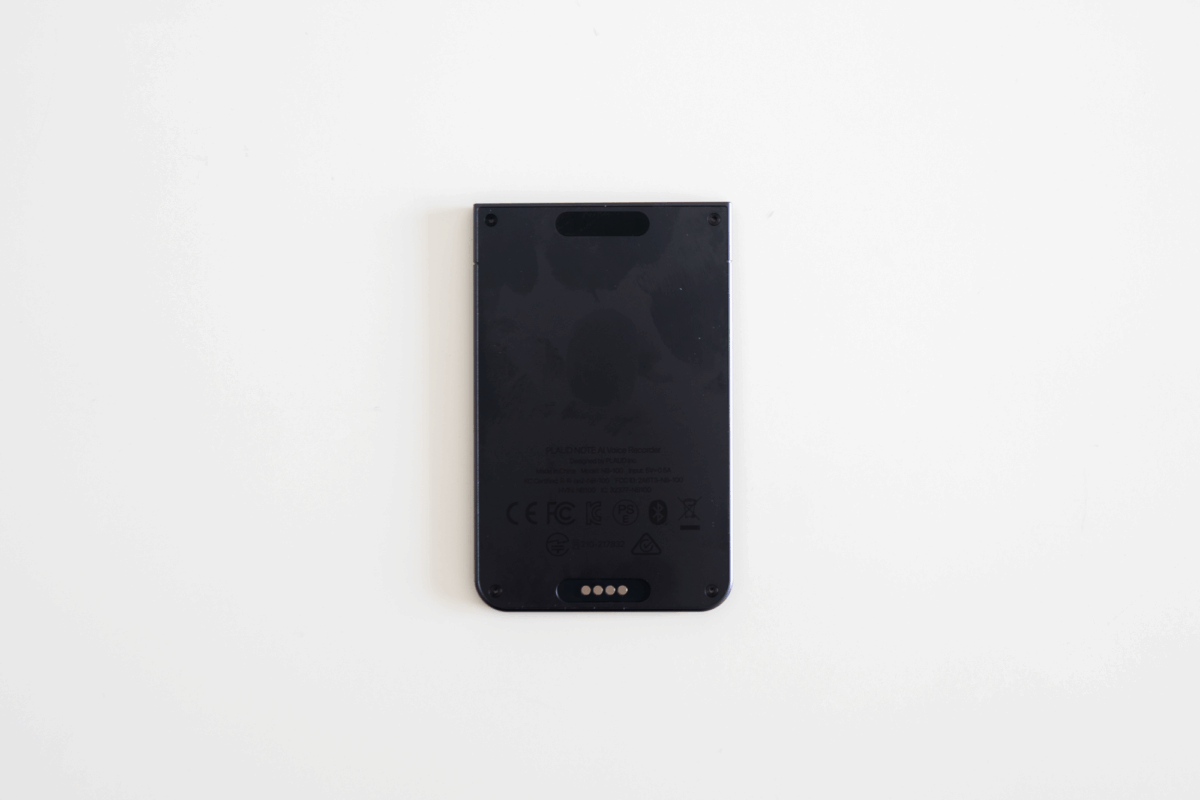
Material and Tech
The shell’s a featherweight polymer composite—durable enough to survive a drop, but not something you'd want to toss around for fun. The internal mic system uses two MEMS microphones and one VCS (vibration capture sensor), which work together to handle both ambient and direct input.
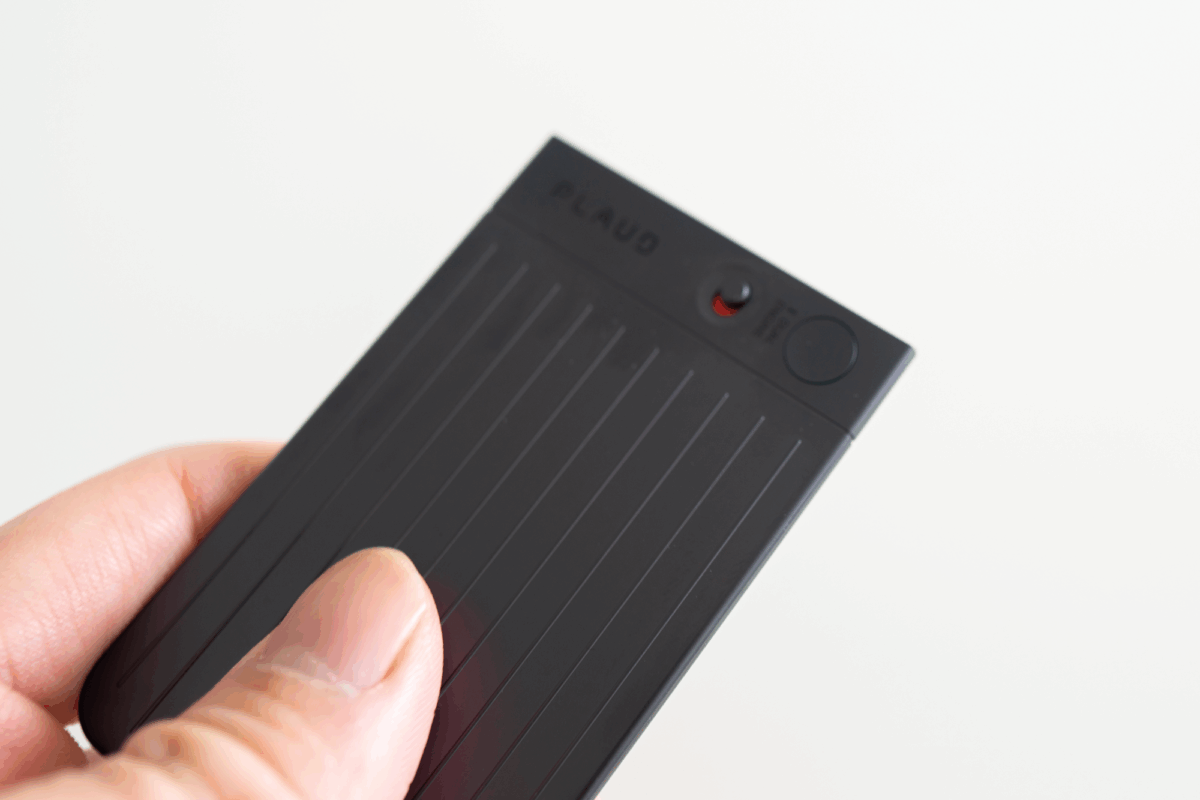
MEMS is the industry standard for high-fidelity voice recording, especially for smaller form factors. Combined with onboard AI, it can isolate voices in a noisy cafe or transcribe your voice over a spotty Zoom call with surprising accuracy.
This used to be an ad.
But no one likes ads, so I got rid of them. If my articles helped you, I ask for your support so I can continue to provide unbiased reviews and recommendations. Every cent donated through Patreon will go into improving the quality of this site.
You get 300 minutes each month free of AI usage and would need to subscribe for a higher plan to use more. Many features require a higher plan, and the one that tempted me the most is the Ask AI one.
Usage
Recording is a one-button affair—long press to start recording. You'll get a vibration and see the red light turn on. Long press again to stop, and get two vibrations as feedback. You can also activate the recording from the app if your phone is paired.
I’ve used it strapped to my iPhone for calls and laid flat on the table during interviews. Both scenarios yield crisp audio and transcriptions that sync to the PLAUD app.
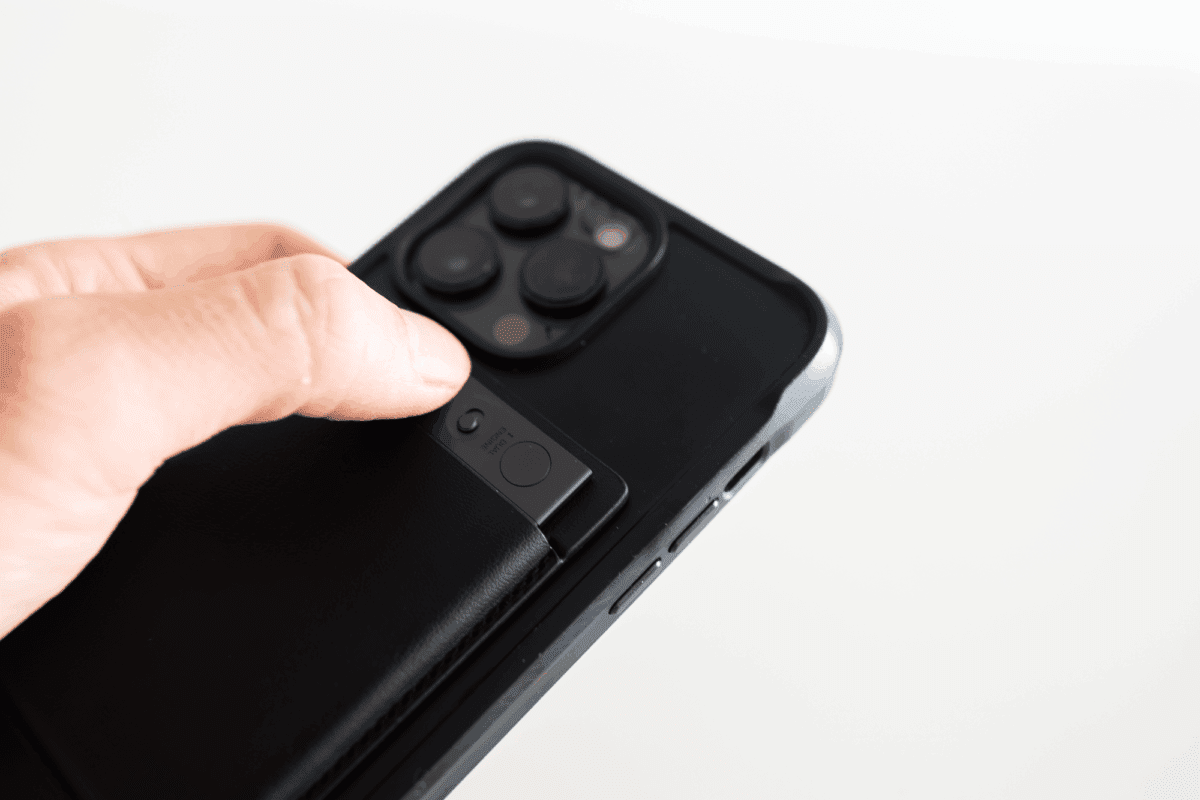
If you put it on top of your laptop, the audio might pick up vibrations from it. It didn't affect the transcribing or summarization, but if you like to playback the audio, you'll hear it.
The audio would have to be uploaded to your device before transcription can happen. Bluetooth takes a few minutes, but if you connect to a hotspot that Plaud creates, the transfer becomes near instant.
I love how seamless connecting to the hotspot is, with prompts from the app to join mid-transfer, not having to restart the transfer when you switch, and automatically switching back your network when you are done.
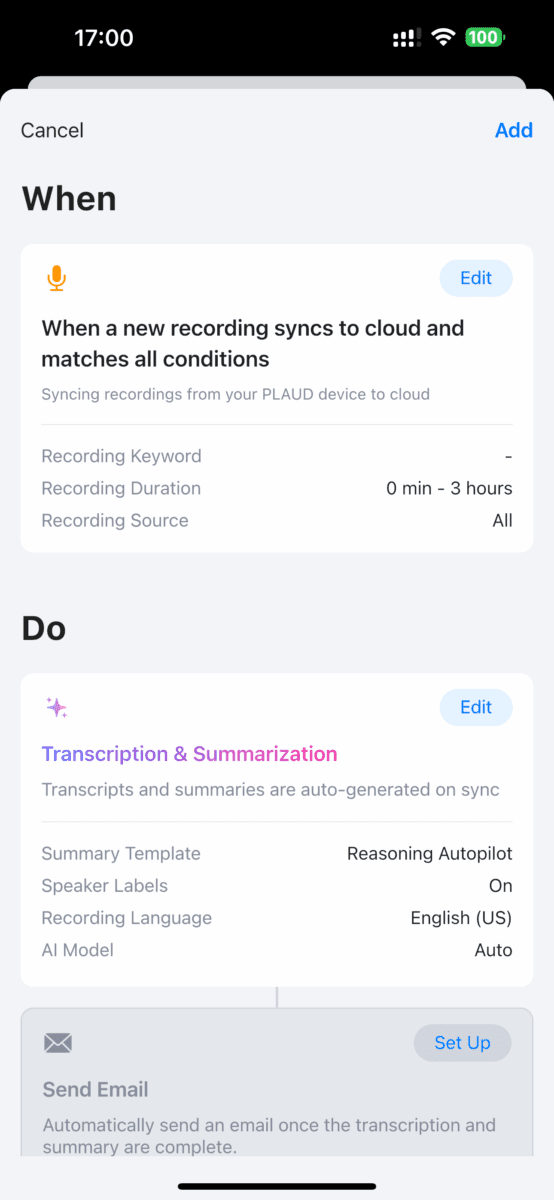
Transcription and summarization are not automated by default but can be activated with a tap. You can choose between the type of AI model or template that matches the recording. You can automate it with Autoflow feature, which lets you transcribe and summarize upon audio upload and can also send an email to yourself when done.
Transcription itself is shaky when I use it to record meetings with bad audio, foreign accents, and horrid background noise. My meetings often have a mix of English and Japanese and while the transcription tracks both languages, it looks like garbled text most of the time.
I designed a thing.

I found a 100 year old company that would create these heirloom quality canisters for me. They are handmade and will keep your tea leaves, coffee beans or anything that you need dry for years to come.
or read review
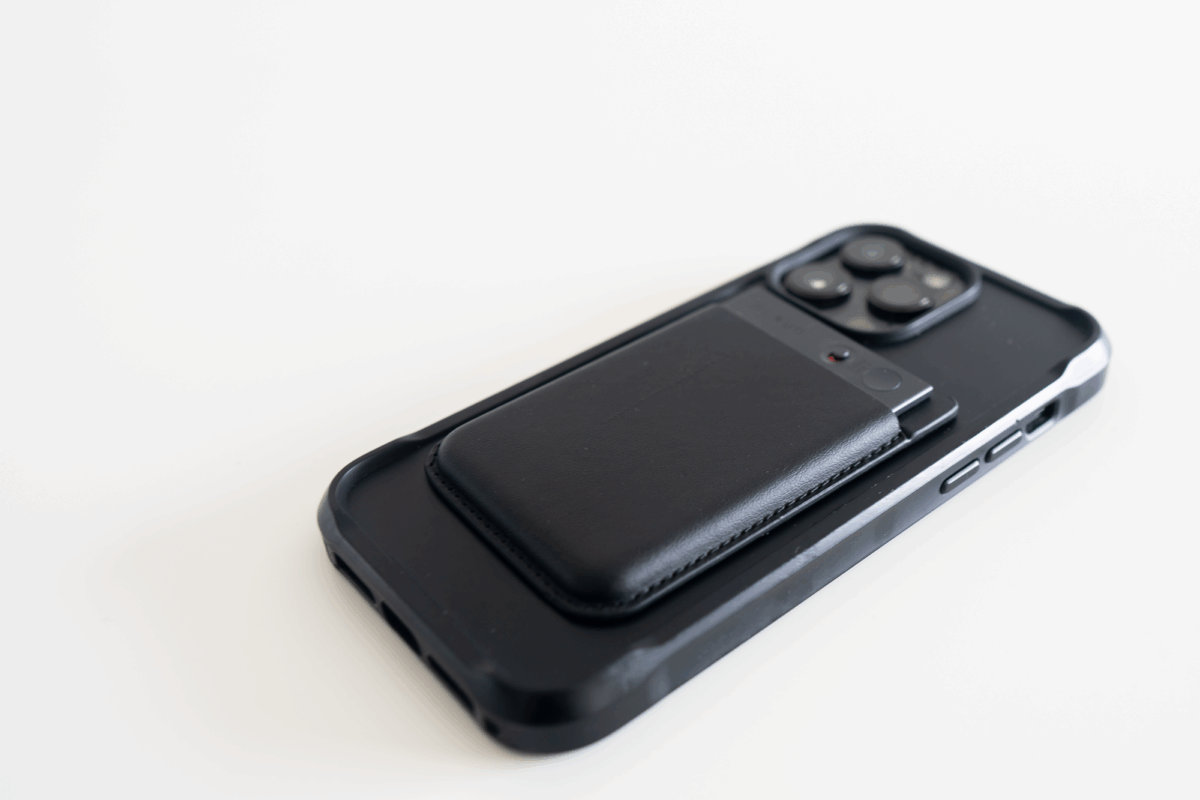
Despite this, the voice separation is effective. It'll also be able to tag each voice to a speaker, which you can name in the app.
Summaries are where the magic happens. They are tight and actually useful, not just filler text. I can zone out during part of the meeting and understand the key takeaways well.
When it comes to moving the device around, I find that I never take it out of the case. Mostly because it is difficult to. You'll have to pinch it from the top to take it out. Even the slot at the back won't help you push it up since the surface is so smooth.
Conclusion
If your days are packed with calls and conversations, the PLAUD Note saves more than time—it saves your sanity. It’s fast, freakishly accurate, and dead simple to use. At $159, it’s not cheap, but it earns every cent for what it replaces.
Like this review? See all of my in-depth reviews.
Also, consider supporting me by being a Patreon. Every cent given will go back into improving the content of this website.